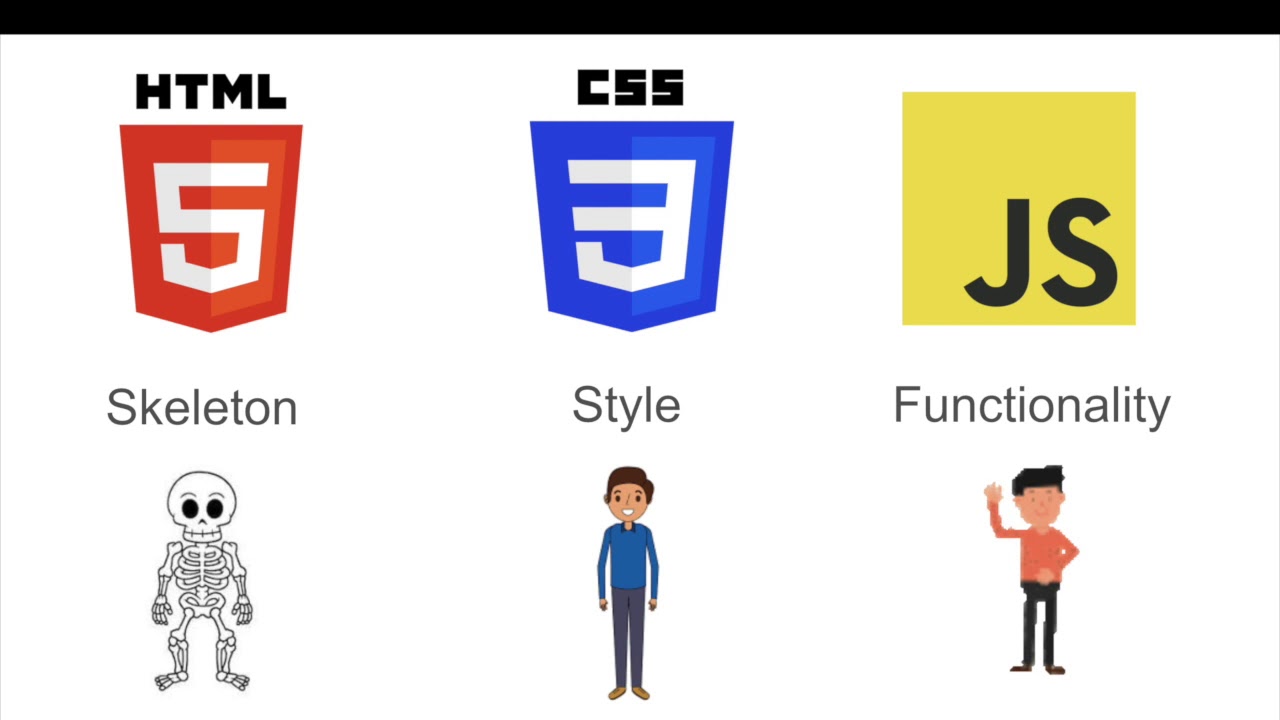HTML
Introduction to HTML
HTML, or Hypertext Markup Language, is the standard markup language used to
create and design web pages. It structures web content by using a series of elements
and tags to define different parts of a document, such as headings, paragraphs, links,
images, and other multimedia. HTML is essential for building the basic framework of
a web page, enabling browsers to display text and media in an organized and visually
coherent manner.
It was created by Tim Berners-Lee in 1991.

Visual Studio Code Installation
Visual Studio Code: - Visual Studio Code (VS Code) is a free, lightweight code editor
developed by Microsoft. It supports various programming languages and offers
features like debugging, version control, and extensions. VS Code is popular for its
simplicity, speed, and powerful tools for coding.
Installing: -
Prefer this video to install Visual Studio Code
How to install Visual Studio Code
A Basic HTML Page
We start creating a website by creating a file named index.html, index.html is a
special filename which is presented when the website is presented when the website
root address is typed.
A Basic HTML Page Code Looks like this
<!DOCTYPE html> <!-- Defines the document type as HTML5 -->
<html lang="en"> <!-- Root element of the HTML document, sets the language to English -->
<head> <!-- Contains metadata, title, and links to styles or scripts -->
<meta charset="UTF-8"> <!-- Defines character encoding as UTF-8 -->
<meta name="viewport" content="width=device-width, initial-scale=1.0">
<!-- Ensures proper scaling on mobile devices -->
<title>Your Title Here</title> <!-- Sets the title of the webpage -->
</head>
<body> <!-- The main content of the webpage -->
<!-- Your content goes here -->
</body>
</html>
How a Website is Rendered
This is how a Website is rendered to a Client by a browser first client request browser
for the site by writing the URL now database or server gives that page to the browser
in the form of code and web browser converts the code into the website and render
it.

Comments in HTML
In HTML, comments are pieces of code or text that the browser ignores. They are
used to leave notes for yourself or others who read your code. Comments are placed
between <!-- and --> tags. You can comment numbers of lines in VS code by just using a shortcut key Ctrl + /
Here's an example of Comments in HTML:
<!-- This is a Comment -->
Case Sensitivity
Tags and Attributes: HTML tags and attribute names are not case-sensitive. For Example, <DIV> is the same as <div>, and ID is the same as Id.
<DIV> This is a div </div>
HTML, Head and Body Tags
The <html> Tag
The <html> tag is the root element of an HTML document. It encompasses all the content of the page.
Attributes:
lang: Specifies the language of the document.
The <head> Tag
The <head> tag contains meta-information about the HTML document. It includes
elements that provide information about the document, links to stylesheets and
scripts, and more.
Common Elements within <head>:
<title>: Sets the title of the document, which appears in the browser's title bar or tab.
The <body> Tag
The <body> tag contains the content of the HTML document that is displayed to the
user. This includes text, images, links, tables, forms, and more.
Attributes:
onload: Executes a script when the document has finished loading.
bgcolor: Specifies the background color of the webpage.